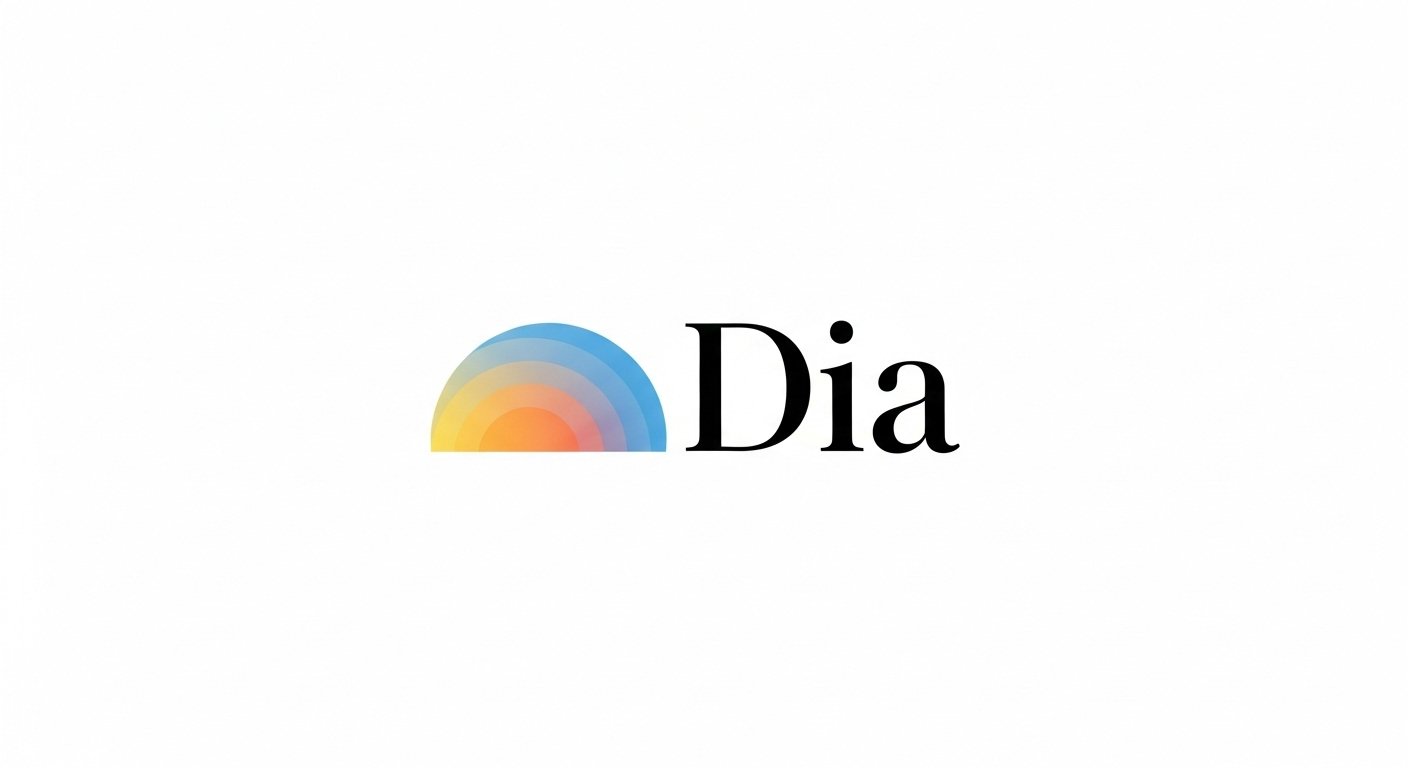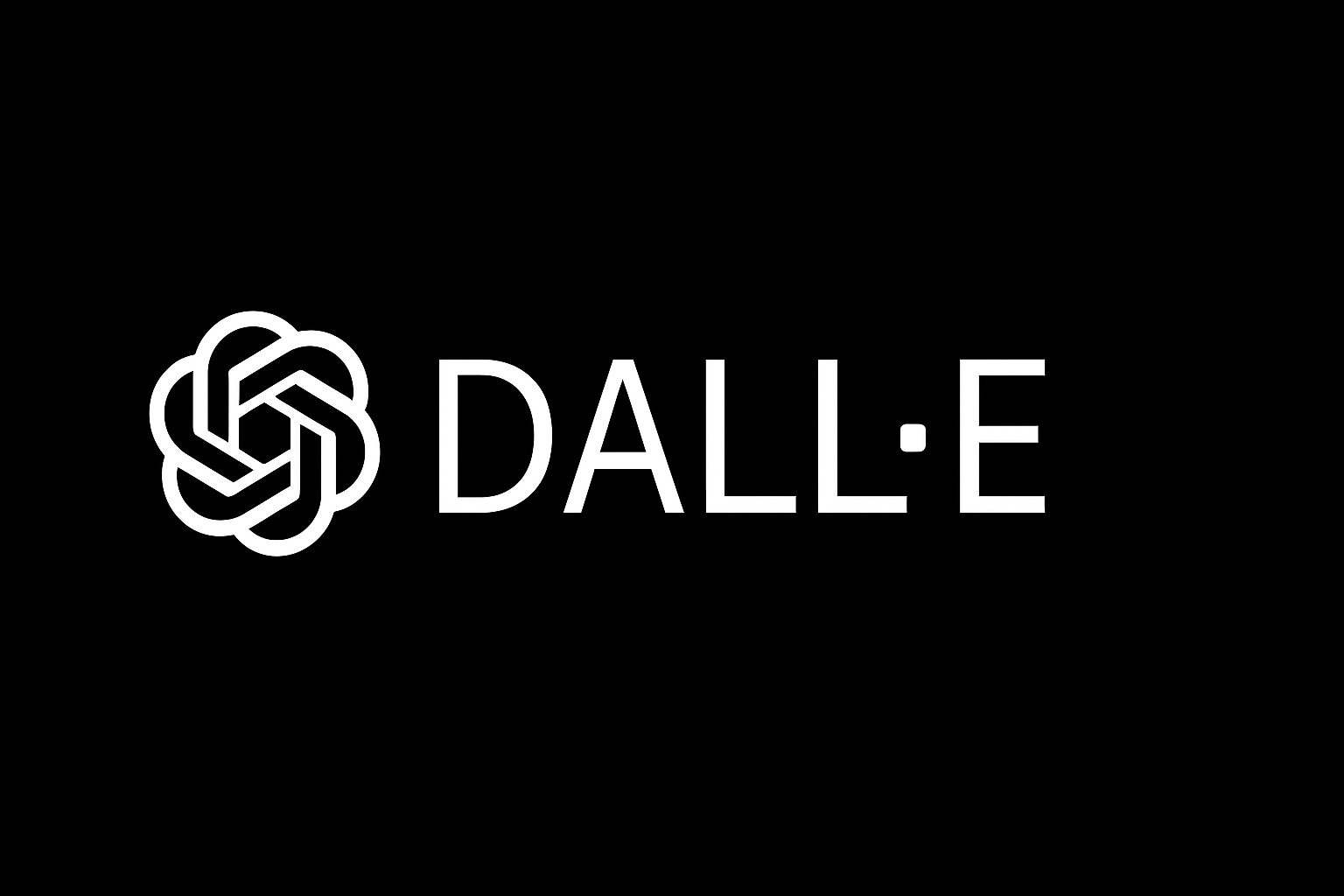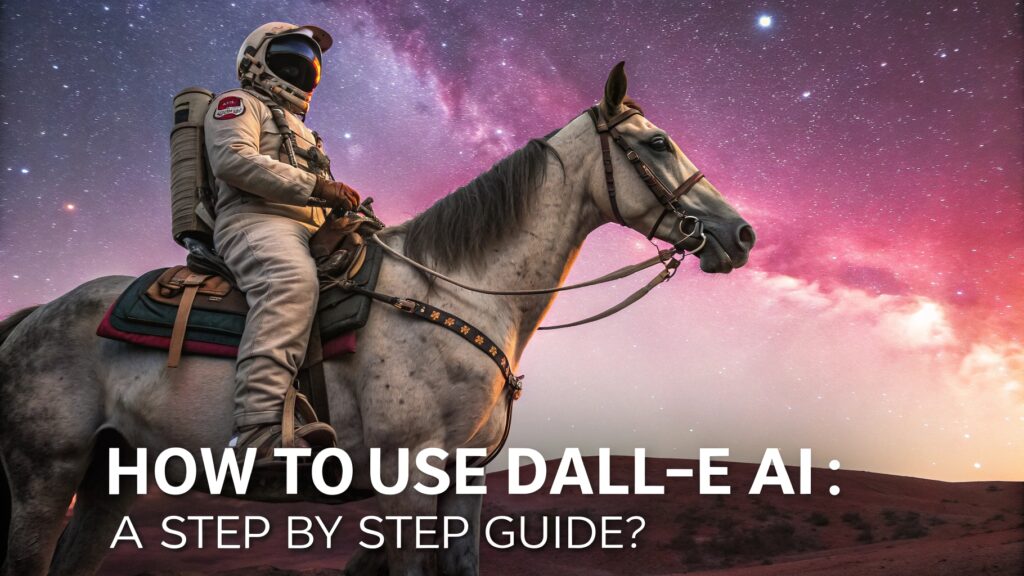
Dia Browser: The Future of AI Web Browsing
- Artificial Intelligence (AI)

DALL-E is a groundbreaking artificial intelligence program from OpenAI that generates unique images from simple text descriptions. This text-to-image model uses deep learning to translate natural language prompts into visual art.
For example, a user could type “an astronaut riding a horse in a photorealistic style,” and DALL-E would produce a corresponding image. The name itself is a nod to the surrealist artist Salvador Dalí and the animated robot WALL-E, hinting at the fusion of art and technology.
First introduced in 2021, DALL-E has seen significant advancements with its successors, DALL-E 2 and DALL-E 3. The technology can create a wide range of visuals, from photorealistic images to paintings and emojis.
It has the remarkable ability to combine disparate concepts, manipulate and rearrange objects, and even render text within the images it creates. This allows for a high degree of customization and creative freedom, making it a powerful tool for artists, designers, and content creators to quickly bring their ideas to life.
DALL-E AI stands out due to its unique blend of creativity, accessibility, and technical prowess. Here are some of the most notable features that contribute to its widespread adoption:
Accessing DALL-E’s most powerful version is straightforward, primarily through OpenAI’s premium subscription or Microsoft’s integrated services. Here’s a breakdown of the primary methods.
The premium, most feature rich way to use DALL-E 3 is through a ChatGPT Plus subscription. This paid tier gives you access to OpenAI’s most advanced models.
For those looking for a free alternative, Microsoft has integrated DALL-E 3 into its Copilot AI assistant (formerly Bing Image Creator).

Follow these steps to generate images from text using DALL-E 3.
The quality of your output is directly dependent on the quality of your input. While DALL-E 3 is more forgiving than other models, a well structured prompt will always yield superior results.
A detailed prompt gives the AI more information to work with, leading to more accurate and compelling images. A good prompt generally includes:
Example Prompt: A close up photograph of a detailed, intricate miniature model of a steampunk city inside a glass bottle, warm tungsten lighting.
The biggest advantage of using DALL-E 3 in ChatGPT is its conversational ability. Start with a simple idea and build upon it.
To provide context, here’s a comparison of DALL-E AI with other leading image generation tools:
| Feature | DALL-E AI | Midjourney AI | Adobe Firefly | Bing Image Creator |
|---|---|---|---|---|
| Platform | Web/API | Discord | Adobe Suite | Web |
| Artistic Style | Photorealistic, versatile | Creative, stylized | Creative, integrated | Versatile |
| Output Quality | High, realistic | Ultra HD, detailed | High, creative | High |
| Customization | Prompt based, fine tuning | Extensive prompt control | Integrated in Adobe tools | Prompt based |
| Use Case Focus | Art, design, marketing | Art, design, gaming | Creative professionals | General users |
| Accessibility | Limited free, paid | Paid subscription | Adobe subscription | Free, Microsoft account |
Like any technology, DALL-E AI has a unique set of strengths and weaknesses that make it suitable for different tasks. Evaluating these aspects will help you decide if it’s the right tool for your project.
The rapid advancement of DALL-E is a testament to the speed of AI development. Each major version has represented a significant leap forward in quality, usability, and its ability to understand human language.
Released by OpenAI in January 2021, the first DALL-E was a groundbreaking proof of concept. It demonstrated that a deep learning model could generate novel images from text descriptions.
Its creations were often surreal, abstract, and cartoonish, but they captured the essence of a prompt in fascinating ways.
Its most famous creation, “an armchair in the shape of an avocado,” showcased its ability to combine unrelated concepts. While revolutionary, it had lower resolution and often struggled with coherence, and it was never widely released to the public.
Launched in April 2022, DALL-E 2 was the version that brought AI art into the mainstream. It offered a massive improvement in image quality, generating images at a much higher resolution (1024×1024) with far greater realism and detail. DALL-E 2 introduced two powerful editing features:
While a huge leap forward, DALL-E 2 still had trouble with complex prompts, often misinterpreting details or struggling to render things like human hands and legible text.
Released in late 2023, DALL-E 3 represents the current state of the art for OpenAI’s image models. Its most significant innovation is its native integration with ChatGPT.
This allows for a conversational approach to image creation, where ChatGPT helps refine and rewrite prompts for optimal results.
Key improvements in DALL-E 3 include:
This version is the most user friendly and powerful, making sophisticated AI image generation accessible to a broader audience through ChatGPT Plus and Microsoft Copilot.
| Feature | DALL-E (Original) | DALL-E 2 | DALL-E 3 |
|---|---|---|---|
| Release Year | 2021 | 2022 | 2023 |
| Image Quality | Low to moderate detail | Sharper, improved realism | Highly detailed, near photorealistic |
| Text Understanding | Limited | Better interpretation | Exceptional, handles long prompts |
| Image Resolution | 256×256 pixels | 1024×1024 pixels | 1024×1024 and larger |
| Artistic Style Variety | Limited | Good range of styles | Extremely flexible, fine tuned styles |
| Faces & Hands | Often distorted | Improved, but imperfect | Much better accuracy |
| Prompt Following | Struggles with complex | Decent, some inconsistencies | Nearly perfect, detailed adherence |
| Editing Capabilities | Basic, lacks inpainting | Introduced inpainting | Advanced inpainting, interactive |
| AI Ethics & Safety | Minimal filtering | Improved safeguards | Strong moderation, bias reduction |
| Ideal For | Simple, experimental use | Creative projects, hobbyists | Professional art, business, education |
DALL-E has evolved from a novel toy into a versatile tool integrated into professional and personal workflows. Its ability to quickly translate ideas into visuals provides immense practical value across many fields.
DALL-E AI has become a practical tool for professionals in numerous fields, enabling them to visualize ideas and accelerate workflows. Here are its key applications:
1. Marketing and Advertising
Teams can instantly generate unique ad creatives, social media content, and custom website graphics. This provides a fast, on brand alternative to relying on generic stock photography.
2. Entertainment and Media
It is used to create concept art for video games and films, visualizing characters, environments, and key storyboards. This dramatically speeds up pre production and helps align the creative team’s vision.
3. Product Design and Architecture
Designers can rapidly prototype new products—from consumer goods to furniture—and generate photorealistic mockups for architectural and interior design projects, accelerating the ideation phase.
4. Education and Publishing
Educators, authors, and researchers can design custom book covers, create illustrations for lesson plans, and generate visual aids to explain complex topics, all without needing a large budget or design skills.
5. Software and UX/UI Design
Designers can brainstorm user interface elements, icons, and entire app screen mockups, allowing for quick visual exploration before moving into more detailed design software.
When evaluating a tool like DALL-E, it’s essential to look beyond the sticker price and consider the actual value it provides. DALL-E’s accessibility ranges from completely free to a modest monthly subscription, with each tier offering a distinct level of utility for different types of users.
DALL-E’s power is available through two primary channels, each with its own cost model.
Cost: Free
How it Works: Microsoft has integrated DALL-E 3 into its Copilot AI assistant (formerly Bing Image Creator). Anyone with a Microsoft account can use it to generate images without a subscription.
The service operates on a “boost” credit system that allows for faster generation times, but you can continue creating images for free at a slower speed once your boosts run out.
Best For: Casual users, students, or anyone who wants to experiment with AI art without a financial commitment.
Cost: $20/month (subject to change)
How it Works: The most powerful and feature rich version of DALL-E 3 is bundled with the ChatGPT Plus subscription. This single monthly fee gives you priority access to a suite of OpenAI’s best tools, including:
DALL-E 3 image generation
The advanced GPT-4 language model
Web browsing capabilities
Advanced Data Analysis for interpreting files and data
Best For: Professionals, frequent users, and creators who need the highest quality output and the seamless, conversational editing experience.
The evolution of DALL-E is moving far beyond generating static 2D images. OpenAI’s goal is to create more dynamic, integrated, and multi modal AI tools. Here are the most likely future applications we can expect to see.
DALL-E AI has firmly established itself as a top tier tool for AI image generation, prized for its intelligence and precision. Its seamless integration with ChatGPT has made high quality art creation more accessible than ever, empowering users to translate their thoughts into visuals through simple conversation.
While other platforms may offer more artistic default styles or deeper customization, the strength of DALL-E AI lies in its remarkable ability to listen and deliver exactly what is asked.
It is an indispensable resource for professionals and hobbyists alike, fundamentally changing how we create and visualize our ideas.
